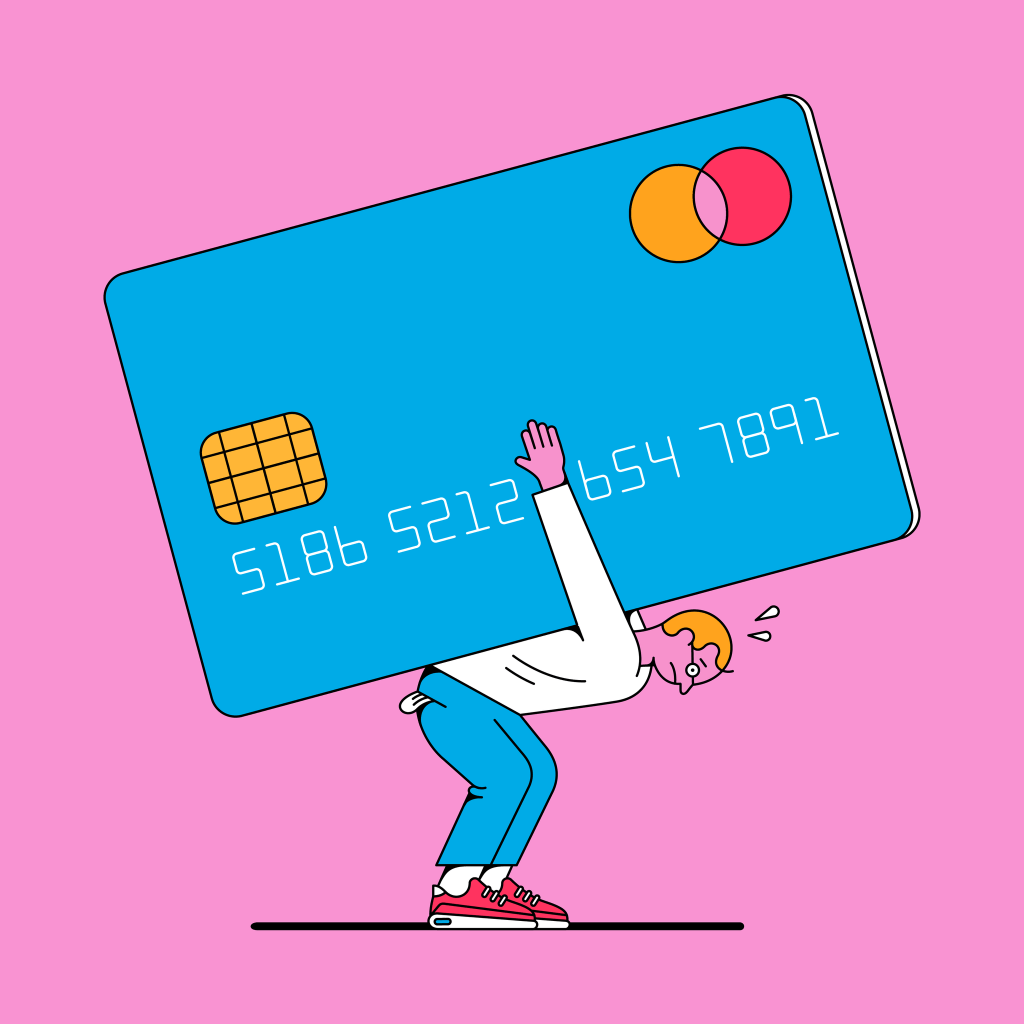How to Systematically Eliminate Credit Card Debt in 2025

Disclaimer
The information provided here is intended solely for educational purposes and should not be considered professional financial advice.
Credit card debt, coupled with the high-interest rates that accumulate month after month, can quickly become a burden that impacts your financial stability. These rates, which often mirror those of predatory lenders, can spiral out of control and result in insurmountable debt if not addressed promptly. In this guide, we will discuss systematic strategies to help you reduce or completely eliminate credit card debt, enabling you to regain control of your financial future.
Conduct an Expense Audit
The first step toward resolving credit card debt is a thorough examination of your current financial situation. Begin by auditing your expenses—identify areas where spending can be minimized or eliminated. Reducing unnecessary expenditures, such as discretionary purchases or non-essential subscriptions, is a key step. Even for essential spending, explore opportunities to cut costs (e.g., switching to a more affordable phone plan or reducing utility usage).
If you need more tips on saving money or finding additional sources of income, consider reviewing other resources, such as our article on surviving in times of high inflation. The goal is to extract as much as possible from your current income and redirect it toward paying down your credit card debt. We will explore the importance of this approach shortly.
Develop a Strategic Plan
Once you've identified potential savings, it's time to create a financial plan for managing your remaining income. Ideally, aim to set aside 10-15% (or more) of your income for emergency savings, with the balance directed toward reducing credit card debt.
If your debt is substantial, consider allocating the majority of your extra funds toward debt repayment rather than focusing heavily on savings. Note: Never settle for the minimum payment, as it will only lead to an ever-increasing balance due to compounding interest.
The key is to prioritize eliminating high-interest debt. Paying down your credit card balances more aggressively will not only reduce interest accumulation but will also free up funds that can be better used for wealth-building investments in the future.
Consider a Loan to Pay Off Your Credit Card Debt
For those with balances spread across multiple credit cards at varying interest rates, consolidating debt through a personal loan can be an effective strategy. For instance, let’s say you owe:
- $3,000 at 20% interest
- $2,000 at 25% interest
- $5,000 at 28% interest
Your total balance of $10,000 will accumulate roughly $209 in interest during the first month alone. If you make only the minimum payment, your balance will increase by more than $100.
By consolidating these balances into a personal loan, you simplify your debt management and potentially reduce your interest costs. Many personal loans offer interest rates below 10%, which could result in substantial savings when compared to the 24% average interest rate across the three credit cards.
Explore Debt Consolidation Services
If you find yourself overwhelmed by managing multiple credit card balances and feel uncertain about how to proceed, a debt consolidation service could be a viable option. These services not only help consolidate your debt into a single loan, but they may also assist in negotiating lower interest rates.
If debt management feels daunting or you lack the expertise to handle it effectively, relying on professionals may be the right choice. Their expertise can streamline the process, allowing you to focus on paying down your debt as quickly as possible.
Take Advantage of a 0% APR Credit Card
If you're confident in your ability to manage debt reduction independently, consider transferring your credit card balances to a new card that offers a 0% APR for an introductory period (typically between 12 and 24 months).
It’s important to note that balance transfers usually come with a fee of 3-5% of the transferred amount. For instance, transferring a $10,000 balance could incur a fee of $300 to $500, which is added to your new balance. However, the 0% APR will allow you to pay down the principal without accruing additional interest during the promotional period.
Be sure to read the fine print of the credit card terms. Some cards may reinstate interest if you miss a payment or fail to meet the minimum required payment during the promotional period.
Conclusion
Credit card debt can severely hinder your ability to build wealth and achieve financial freedom. If left unchecked, the high interest rates can quickly increase your debt, making it difficult to break free. Whether you choose to tackle the issue on your own, seek professional help, or explore debt consolidation options, it is critical to address this debt as soon as possible.
Eliminating credit card debt is, in essence, a guaranteed return on your investment. It's rare to find a 20% return in a traditional investment portfolio, but it's all too easy to see that rate (or higher) applied to your balance when you carry credit card debt. By taking action now, you free yourself from the burden of escalating interest, allowing you to focus on long-term wealth-building strategies.
Take control of your financial future—prioritize paying off your credit card debt and put yourself on the path to financial success in 2025 and beyond.



